?Pocket Door for Bathroom? x-post on the remodel forum.
enduring
11 years ago
Related Stories
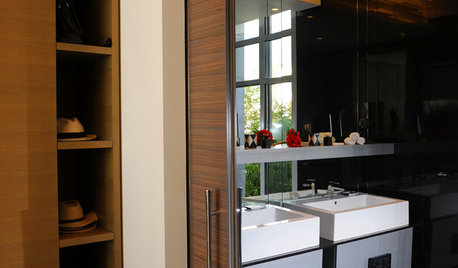
DOORSDiscover the Ins and Outs of Pocket Doors
Get both sides of the pocket door story to figure out if it's the right space separator for your house
Full Story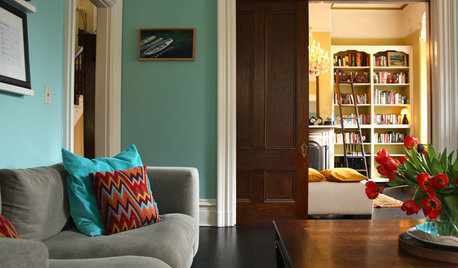
REMODELING GUIDESPocket Doors and Sliding Walls for a More Flexible Space
Large sliding doors allow you to divide open areas or close off rooms when you want to block sound, hide a mess or create privacy
Full Story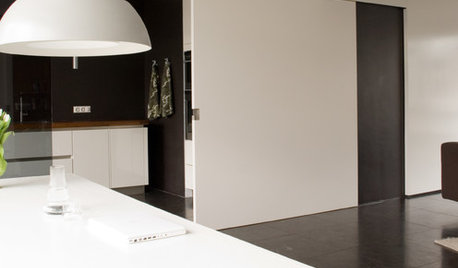
DESIGN DETAILSThe Secret to Pocket Doors' Success
Pocket doors can be genius solutions for all kinds of rooms — but it’s the hardware that makes all the difference. See why
Full Story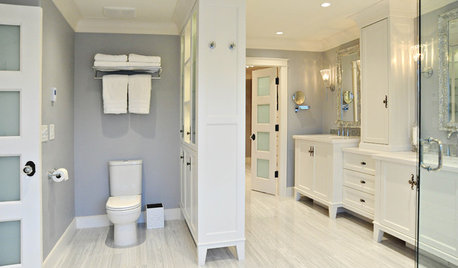
BATHROOM DESIGNBath Remodeling: So, Where to Put the Toilet?
There's a lot to consider: paneling, baseboards, shower door. Before you install the toilet, get situated with these tips
Full Story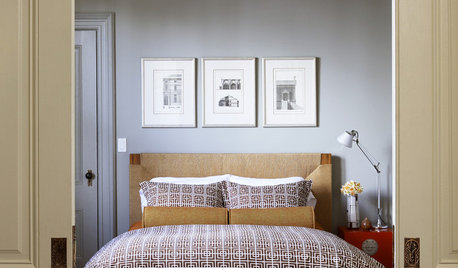
DOORSDeep Pockets: Doors with Panache
Pocket Doors Save Space and Create Elegant Transitions Inside and Out
Full Story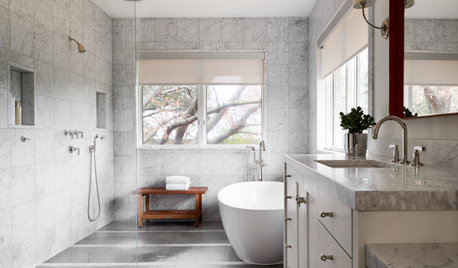
BATHROOM DESIGNDoorless Showers Open a World of Possibilities
Universal design and an open bathroom feel are just two benefits. Here’s how to make the most of these design darlings
Full Story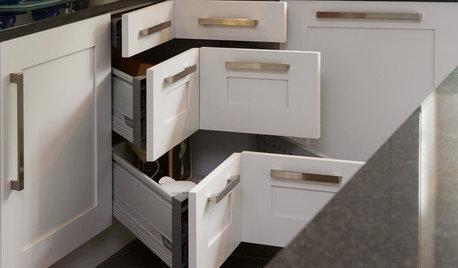
KITCHEN STORAGE8 Cabinet Door and Drawer Types for an Exceptional Kitchen
Pick a pocket or flip for hydraulic. These alternatives to standard swing-out cabinet doors offer more personalized functionality
Full Story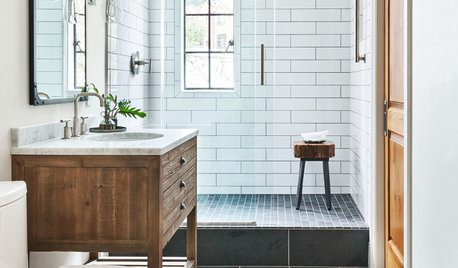
BATHROOM WORKBOOK12 Ways to Get a Luxe Bathroom Look for Less
Your budget bathroom can have a high-end feel with the right tile, stone, vanity and accessories
Full Story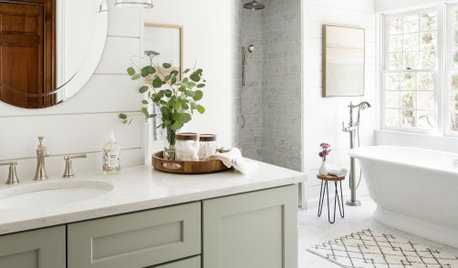
BATHROOM DESIGN14 Design Tips to Know Before Remodeling Your Bathroom
Learn a few tried and true design tricks to prevent headaches during your next bathroom project
Full Story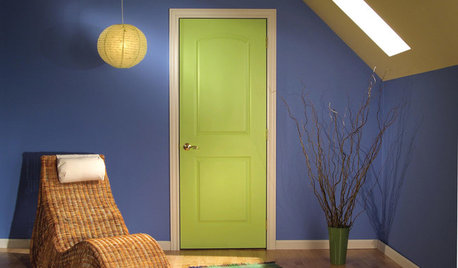
GREAT HOME PROJECTSUpgrade Your House With New Interior Doors
New project for a new year: Enhance your home's architecture with new interior doors you'll love to live with every day
Full Story





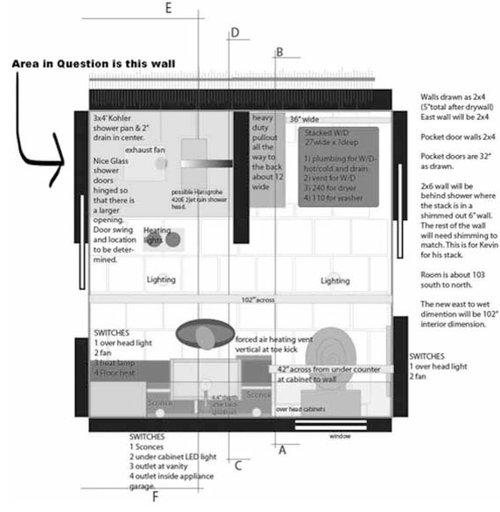
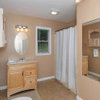


geoffrey_b
enduringOriginal Author
Related Professionals
North Versailles Kitchen & Bathroom Designers · Peru Kitchen & Bathroom Designers · North Druid Hills Kitchen & Bathroom Remodelers · East Tulare County Kitchen & Bathroom Remodelers · Fort Pierce Kitchen & Bathroom Remodelers · Schiller Park Kitchen & Bathroom Remodelers · Sioux Falls Kitchen & Bathroom Remodelers · South Jordan Kitchen & Bathroom Remodelers · Beecher Glass & Shower Door Dealers · Lake City Glass & Shower Door Dealers · Miami Glass & Shower Door Dealers · Lackawanna Cabinets & Cabinetry · Land O Lakes Cabinets & Cabinetry · Oakland Park Cabinets & Cabinetry · South Yarmouth Window Treatmentsgeoffrey_b
enduringOriginal Author
geoffrey_b
enduringOriginal Author
geoffrey_b
kirkhall
enduringOriginal Author